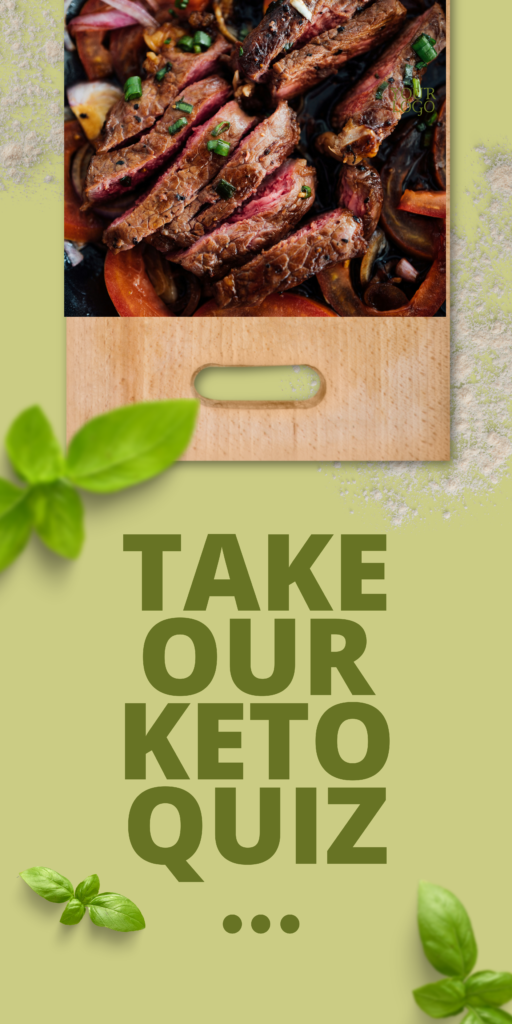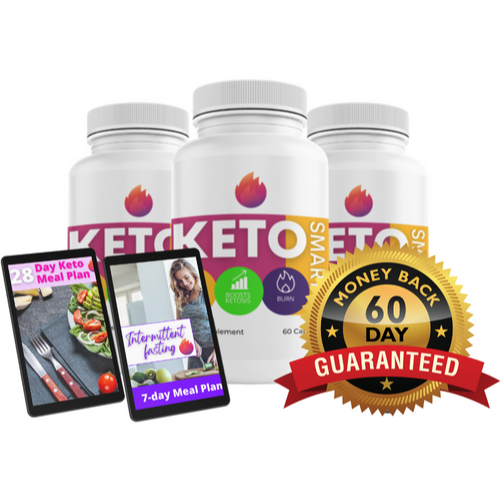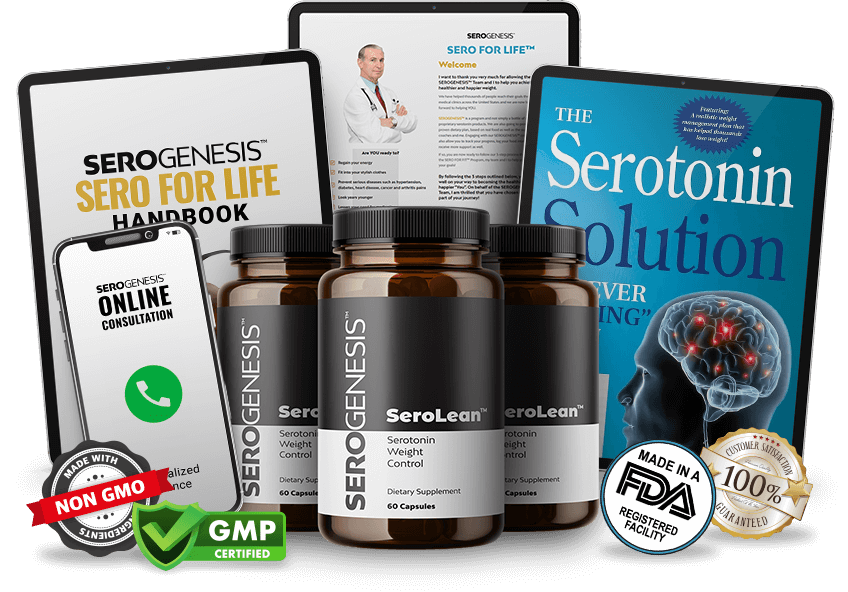
Ketogenic Diet Plan for Beginners – Dr. Berg
Learn More About Keto ACV gummiesHere are the topics summarized in bullet points based on the timestamps provided:
- 0:12 – What is a ketone?
- 0:50 – Benefits of ketones
- 1:24 – Gluconeogenesis
- 1:56 – Keto-adaptation
- 2:23 – How to get into ketosis
- 2:29 – Reasons for doing ketosis
- 3:30 – More benefits of keto and intermittent fasting
- 4:29 – The combination of keto and intermittent fasting
- 5:03 – Healthy keto vs. dirty keto
- 5:55 – Your plate on keto
- 7:22 – How to do keto and intermittent fasting
Benefits of ketones:
- Increases oxygen in the body
- Increases energy
- Supports the brain
- Supports the heart
Common foods to focus on while on the ketogenic diet plan:
- Pasture-raised eggs:
- Rich in healthy fats and protein, eggs are a staple in the ketogenic diet.
- Shellfish:
- Shellfish like shrimp, crab, and lobster are low in carbs and high in nutrients.
- Fish:
- Fatty fish such as salmon, mackerel, and trout are excellent sources of omega-3 fatty acids.
- Sardines:
- These are a nutrient-dense fish, providing omega-3s and other essential nutrients.
- Organic meats:
- Opt for grass-fed or pasture-raised meats, which tend to have a better fat profile.
- Cheese:
- Many varieties of cheese are low in carbs and high in fat, making them suitable for a ketogenic diet.
- Olives:
- Olives and olive oil are rich in healthy monounsaturated fats.
- Avocados:
- Avocados are a great source of healthy fats and fiber.
- Veggies:
- Focus on low-carb vegetables like leafy greens, broccoli, cauliflower, and zucchini.
- Nuts:
- Nuts, such as almonds, walnuts, and macadamias, provide healthy fats and a moderate amount of protein.
- Seeds:
- Chia seeds, flaxseeds, and pumpkin seeds are low-carb options rich in fiber and healthy fats.
These foods are commonly included in a ketogenic diet for their low carbohydrate content and high nutrient density. It’s important to tailor the diet to individual preferences and nutritional needs, and consulting with a healthcare professional or a nutritionist can be beneficial when starting a new diet plan.
Learn More About Keto ACV gummiesKeto Diet Meal Plan for WEIGHT LOSS-KETO FOR BEGINNERS 2022
- 3-Day Keto Meal Plan for Weight Loss
- Keto diet doesn’t have to be restrictive; plenty of delicious options available
- Enjoy a variety of foods while staying within keto guidelines
Timestamps :
- 0:00 – Intro
- 1:34 – Bulletproof Fasting
- 2:29 – Keto Diet Meal Plan
- 6:14 – Outro
Beginner Keto Diet Meal Plan – What to Eat!
7 tips on Beginner Keto Diet Meal Plan – What to Eat!
- Focus on Healthy Fats:
- Incorporate sources of healthy fats such as avocados, olive oil, coconut oil, and nuts into your meals.
- Moderate Protein Intake:
- Choose moderate portions of protein-rich foods like meat, fish, eggs, and dairy. Be mindful not to overconsume protein, as excessive amounts can be converted to glucose.
- Low-Carb Vegetables Are Key:
- Prioritize low-carb vegetables like leafy greens, broccoli, cauliflower, and zucchini. These provide essential nutrients without compromising your ketosis.
- Stay Hydrated:
- Drink plenty of water throughout the day to stay hydrated and support your body’s adjustment to ketosis. Consider adding electrolytes to prevent dehydration.
- Mind Your Carbs:
- Track and limit your daily carbohydrate intake to stay within the keto range (typically 20-50 grams per day). Choose carb sources wisely, opting for fiber-rich options when possible.
- Plan Snacks Wisely:
- Keep keto-friendly snacks on hand, such as nuts, seeds, cheese, or low-carb vegetables with dip. This helps prevent unhealthy snacking and keeps you on track.
- Read Labels:
- Pay attention to food labels to identify hidden sugars and carbohydrates in processed foods. Opt for whole, unprocessed foods to ensure you stay within your carb limit.

Dr. Berg’s Healthy Keto® Diet Plan – Intermittent Fasting and Fat Burning
Timestamps
- 0:00 Keto Basics:
- Introduction to fundamental concepts of the ketogenic diet.
- 0:28 What is Keto and Ketosis?
- Explanation of the ketogenic diet and the metabolic state of ketosis.
- 1:33 What is Intermittent Fasting?
- Introduction to intermittent fasting, a strategy often combined with keto for enhanced benefits.
- 3:58 How to Lower Insulin:
- Insights into methods for reducing insulin levels through dietary and lifestyle changes.
- 5:00 Insulin and a Stubborn Metabolism:
- Understanding the role of insulin in metabolism and its impact on weight management.
- 5:10 How to Know if You Have Too Much Insulin:
- Signs and indicators that may suggest elevated insulin levels.
- 5:50 Benefits of Fat Burning:
- Exploring the advantages of the body transitioning to fat burning as its primary energy source.
- 6:19 How to Do Healthy Keto:
- Guidelines and tips for adopting a healthy approach to the ketogenic diet.
- 7:26 Benefits of Healthy Keto and Intermittent Fasting:
- Highlighting the positive outcomes associated with combining healthy keto and intermittent fasting.
Symptoms of High Insulin:
- Belly Fat
- High Blood Pressure
- High Cholesterol
- Fatigue (especially after eating)
- Decreased Cognitive Function (lack of focus, poor memory)
- Moodiness (irritable, depressed, grouchy)
- Cravings
- Persistent Hunger (especially in-between meals)
Benefits of the Healthy Keto Diet and Intermittent Fasting:
- Weight Loss
- Reduced Inflammation
- Supports Cognitive Function
- Improved Mood
- Enhanced Body Functionality
KETOGENIC DIET Meal Plan – 7 DAY FULL MEAL PLAN for Beginners
Here are some tips for creating a ketogenic diet meal plan for beginners over a 7-day period:
- Calculate Your Macros: Determine your daily macronutrient goals, typically aiming for high fat, moderate protein, and low carbohydrates. Tools like online calculators can help you figure this out.
- Plan Your Meals: Outline your meals for the week, including breakfast, lunch, dinner, and snacks. Focus on incorporating keto-friendly foods such as meat, fish, eggs, non-starchy vegetables, healthy fats, and low-carb fruits.
- Stock Up on Keto Staples: Ensure your pantry and fridge are stocked with keto-friendly staples like avocados, olive oil, coconut oil, nuts, seeds, low-carb vegetables, and protein sources.
- Keep It Simple: Stick to basic recipes and meal ideas, especially as a beginner. Simple meals like grilled chicken with steamed broccoli or scrambled eggs with spinach are easy to prepare and keto-friendly.
- Meal Prep: Consider meal prepping ahead of time to save time during the week. Cook large batches of keto-friendly meals and portion them out for easy grab-and-go options.
- Stay Hydrated: Drink plenty of water throughout the day to stay hydrated and support your body’s transition into ketosis.
- Listen to Your Body: Pay attention to how your body responds to the ketogenic diet. Adjust your meal plan as needed based on hunger levels, energy levels, and overall well-being.
- Seek Support: Join online communities or forums dedicated to the ketogenic diet for support, guidance, and recipe ideas. Having a support system can be helpful, especially as a beginner.
Remember to consult with a healthcare professional before starting any new diet, especially if you have any underlying health conditions.
Learn More About Keto ACV gummiesHow to Make a KETO MEAL PLAN + My Full Meal Plan & HUGE KETO Grocery Haul!
Here are seven benefits of learning how to make a keto meal plan, along with your full meal plan and a keto grocery haul:
- Weight Management:
- A well-structured keto meal plan can support weight loss by promoting the body’s use of stored fat for energy, leading to a reduction in overall body weight.
- Improved Energy Levels:
- By focusing on nutrient-dense foods and stabilizing blood sugar levels, a keto meal plan can provide sustained energy throughout the day, minimizing energy crashes and fatigue.
- Enhanced Mental Clarity:
- The ketogenic diet has been associated with improved cognitive function and mental clarity. By avoiding large fluctuations in blood sugar, the brain can function optimally.
- Stable Blood Sugar:
- With a keto meal plan, you can maintain stable blood sugar levels, which is particularly beneficial for individuals with insulin resistance or those looking to prevent blood sugar spikes and crashes.
- Appetite Control:
- The high-fat and moderate-protein content of keto meals can contribute to increased satiety and reduced hunger, making it easier to adhere to the meal plan and avoid excessive snacking.
- Reduced Inflammation:
- Many keto-friendly foods, such as fatty fish, avocados, and olive oil, are rich in anti-inflammatory compounds. A keto meal plan may contribute to reducing inflammation in the body.
- Simplified Grocery Shopping:
- By planning meals in advance and creating a comprehensive keto grocery haul, you streamline your shopping process, ensuring that you have all the necessary ingredients to stick to your meal plan.
Remember, individual responses to the keto diet may vary, and it’s essential to consult with a healthcare professional before making significant changes to your diet, especially if you have any underlying health conditions.
Learn More About Keto ACV gummiesHow to Build Your Own Ketogenic Diet Plan for Weight Loss
Building your own ketogenic diet plan for weight loss requires careful consideration of your macronutrient intake and food choices. Here are some tips to help you create an effective keto meal plan:
- Calculate Your Macros:
- Determine your daily macronutrient goals: high fat, moderate protein, and low carbohydrates. Online calculators can help you find the right balance based on your weight, activity level, and goals.
- Choose Keto-Friendly Foods:
- Prioritize whole, nutrient-dense foods that are low in carbs and high in healthy fats. Include sources of quality protein such as meat, fish, eggs, and dairy.
- Plan Your Meals:
- Outline your meals for the week, focusing on a variety of keto-friendly options. Incorporate a mix of proteins, healthy fats, and low-carb vegetables.
- Include Healthy Fats:
- Use sources of healthy fats such as avocados, olive oil, coconut oil, nuts, and seeds. These fats are essential for energy and satiety on the keto diet.
- Limit Carbohydrates:
- Restrict your daily carbohydrate intake to 20-50 grams to induce and maintain ketosis. Choose low-carb vegetables and avoid high-carb foods like grains, sugars, and starchy vegetables.
- Meal Prep and Batch Cooking:
- Prepare meals in advance to save time and ensure you have keto-friendly options readily available. Batch cooking can help you maintain consistency throughout the week.
- Stay Hydrated:
- Drink plenty of water to stay hydrated and support your body’s adaptation to ketosis. Consider adding electrolytes to your water, especially during the initial stages of the keto diet.
- Monitor Portion Sizes:
- Be mindful of portion sizes to avoid overeating, even with keto-friendly foods. Tracking your food intake using apps or journals can help you stay on track.
- Consider Intermittent Fasting:
- Intermittent fasting can complement the keto diet and enhance weight loss. Experiment with different fasting windows to find what works best for you.
- Listen to Your Body:
- Pay attention to hunger and satiety cues. Adjust your meal plan based on how your body responds to different foods and quantities.
- Seek Professional Advice:
- Consult with a healthcare professional or a registered dietitian before starting a ketogenic diet, especially if you have underlying health conditions.
Remember that everyone’s body is different, so it may take some experimentation to find the optimal keto meal plan for your weight loss goals. Adjustments may be necessary based on your individual response and preferences.






